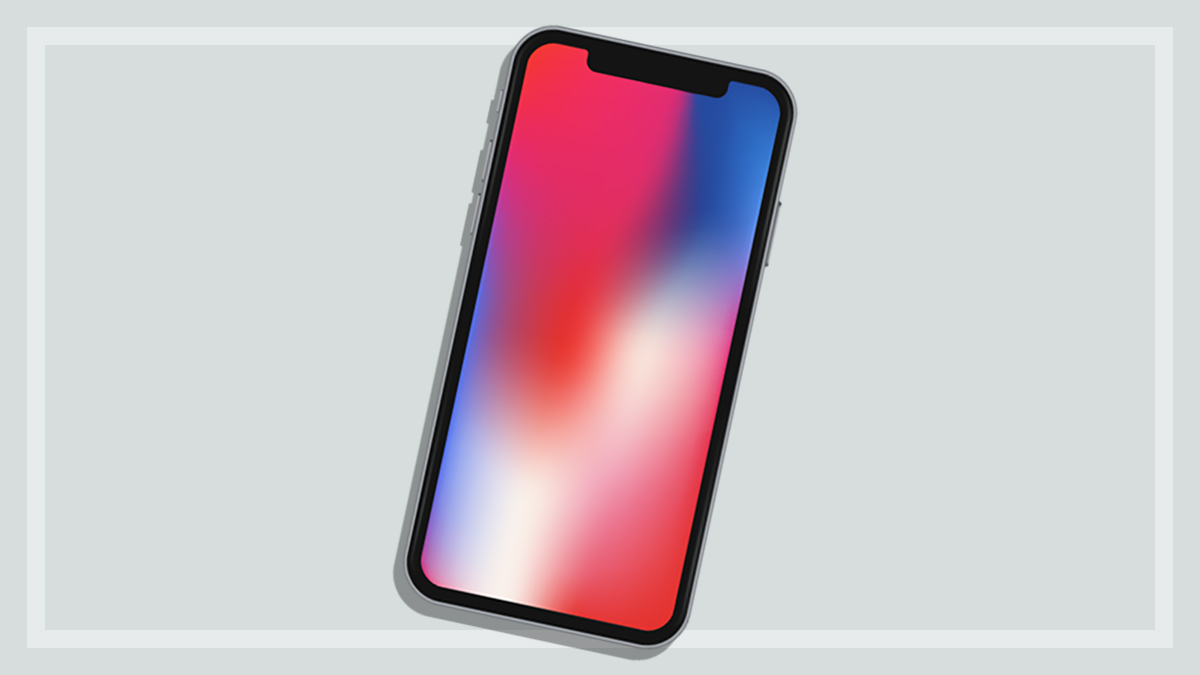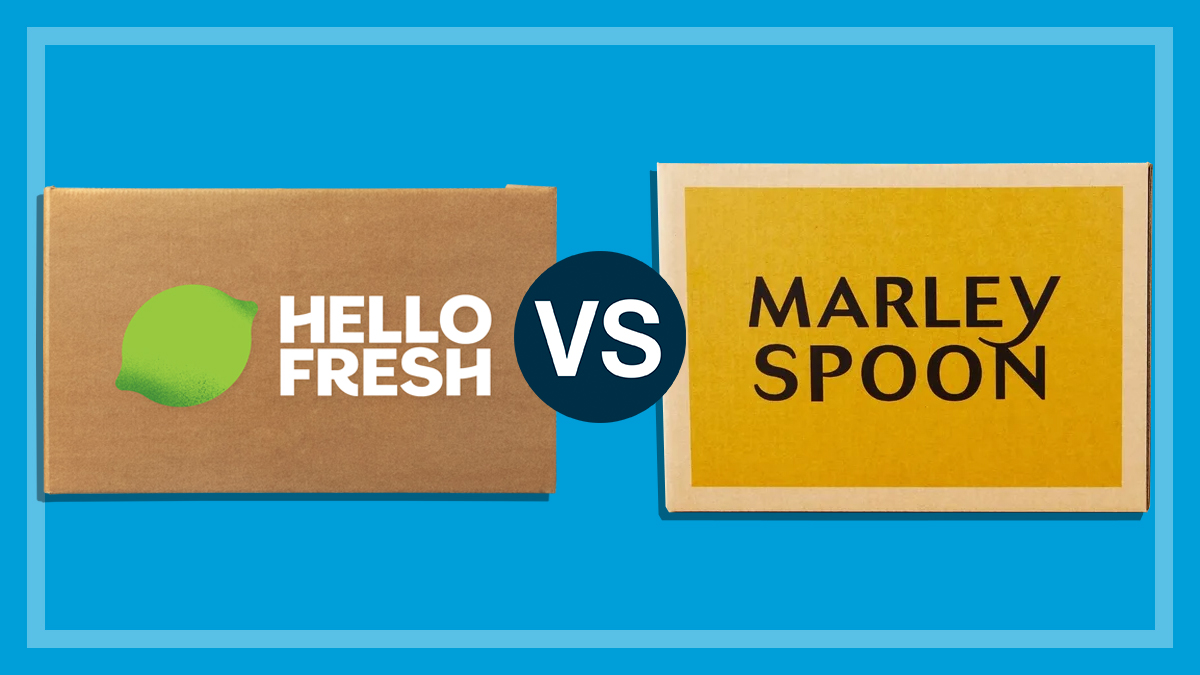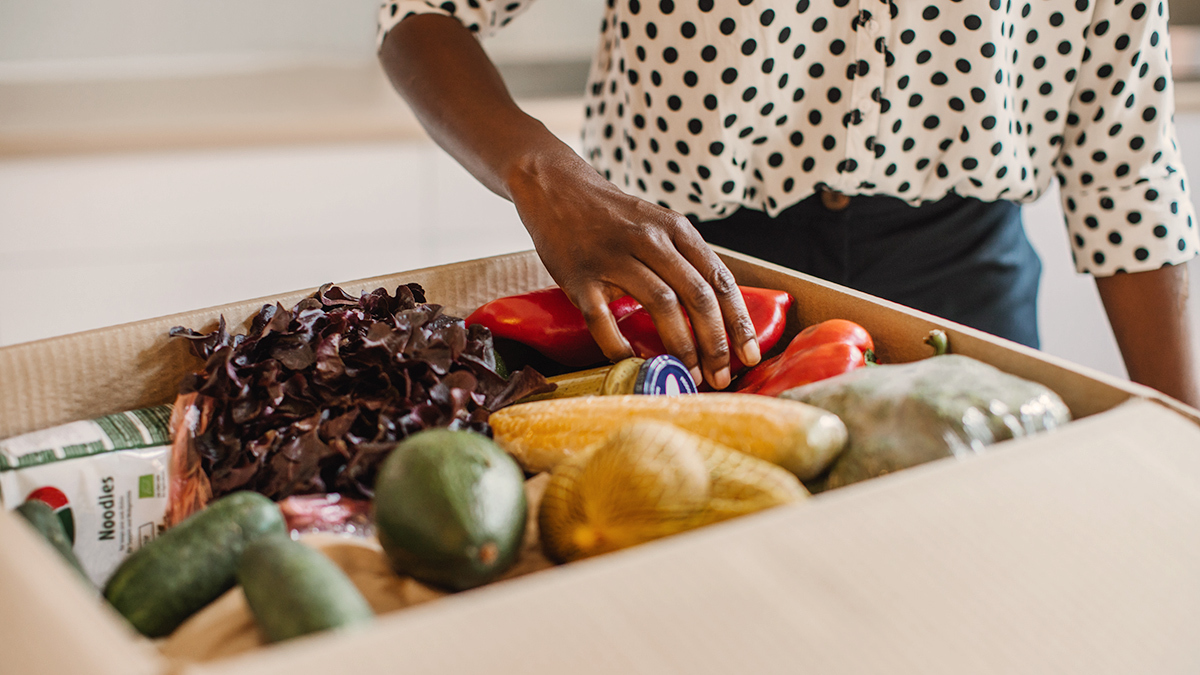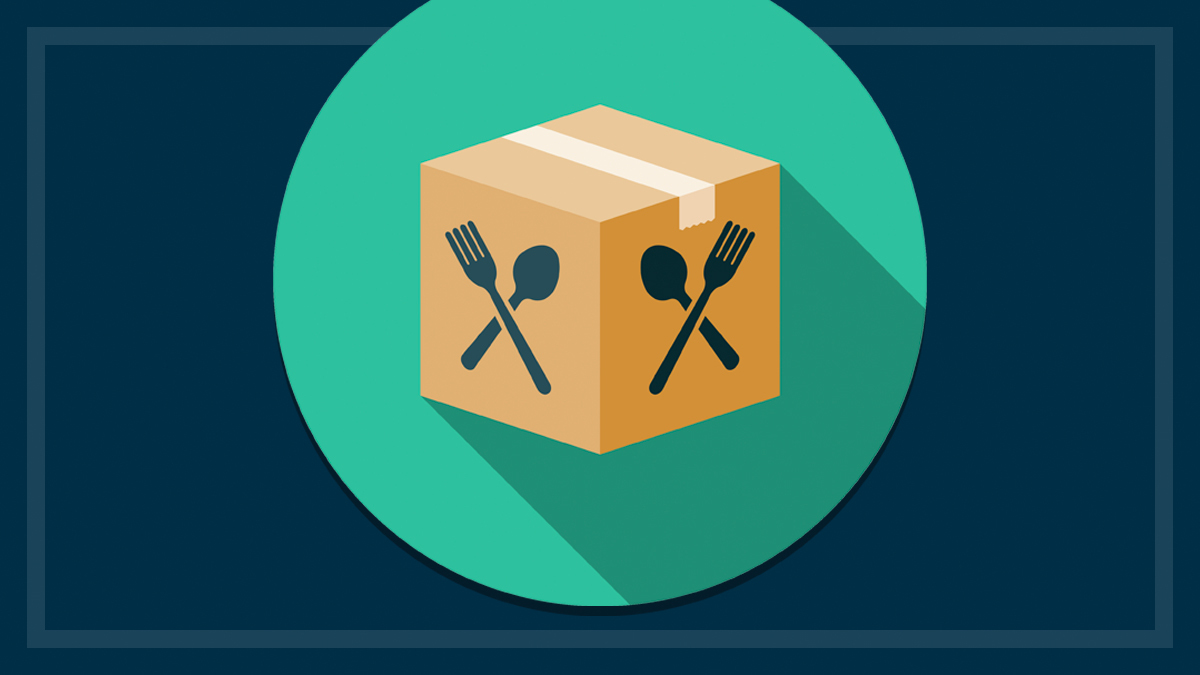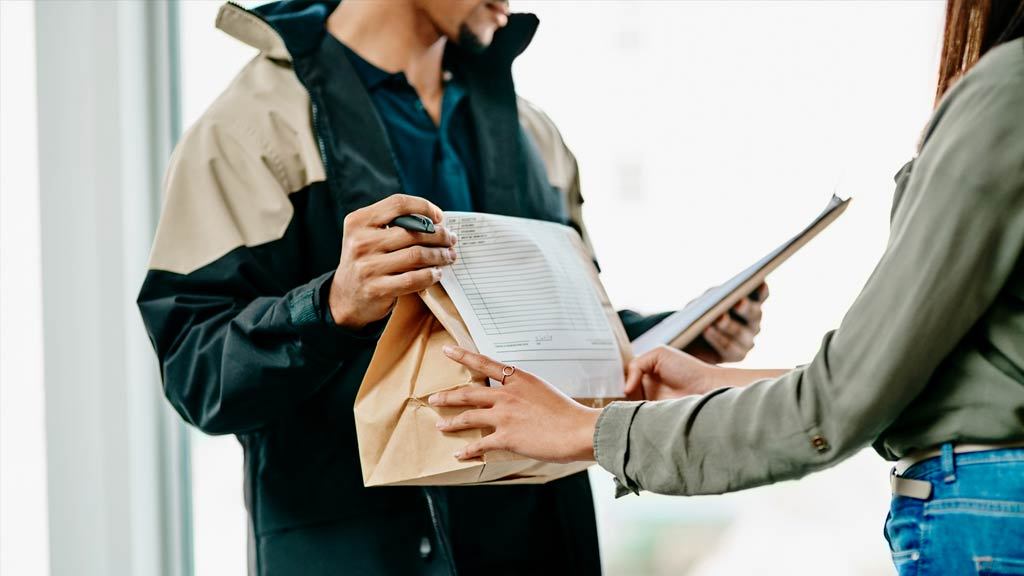Get our independent lab tests, expert reviews and honest advice.
The future of food delivery services like Uber Eats, Menulog and Deliveroo
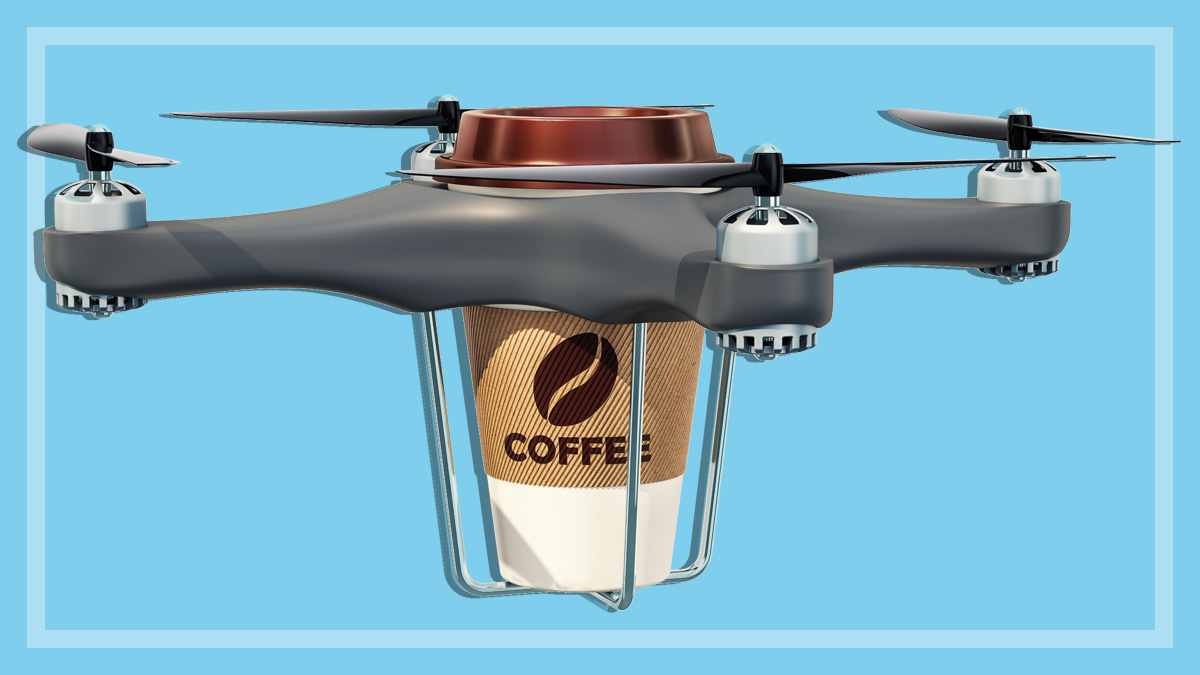
Need to know
- Voice technology and drone delivery are two key trends we can expect to see in the future of food delivery
- As food delivery services adopt new technology, they'll become more vulnerable to security breaches
- The food delivery services industry is projected to grow by 15.4% annually over the next five years
Remember Dougie? Pizza Hut’s everyman delivery guy of ’90s television commercial fame? He’d arrive, all smiles, with a tower of boxes in one arm and a large Pepsi in the other. He represented your local, odd-jobbing neighbourhood lad who might have a joke with your dad, flirt with your sister and pocket a tip, if it was his lucky day.
Back then, ordering-in was special. Maybe for a gathering with mates, a lazy family Sunday dinner or a little splurge when you were feeling flush.
These days, meal delivery is far more prevalent and accessible, and Dougie has been superseded by a fast-moving race of two-and-four-wheeled delivery drivers fuelled by the gig economy.
So what’s behind this big shift, and what’s next for fast food delivery? We take a look at how we might be ordering our pizzas in the not-so-distant future.

‘Narrowing the gap’
In a device-driven world where everything is on-demand, narrowing the gap between purchase and delivery is where the battle for your stomach will be won.
There’s a limit to how fast a human can safely deliver your wonton soup, so to fulfil your order the quickest, companies are turning to new technologies to ensure dinner is at your door before Netflix has even loaded.
Voice and AI assistants
With many households now functioning with voice-activated assistants, the way in which we order food is perhaps the first step to faster and more bespoke delivery services.
Menulog managing director, Ben Carter, believes voice will be one of the biggest trends in online food delivery in the next few years.
“We’re still in the early days for how we use voice technology and usage of voice remains highly transactional,” he says, adding that Menulog is “looking at how we can integrate voice into our existing offer – such as voice augmentation in our apps or the use of voice technology to enhance customer service.”
As AI and machine learning becomes more advanced, your food preferences and habits will be stored in-app and even pre-empted by your home assistant.
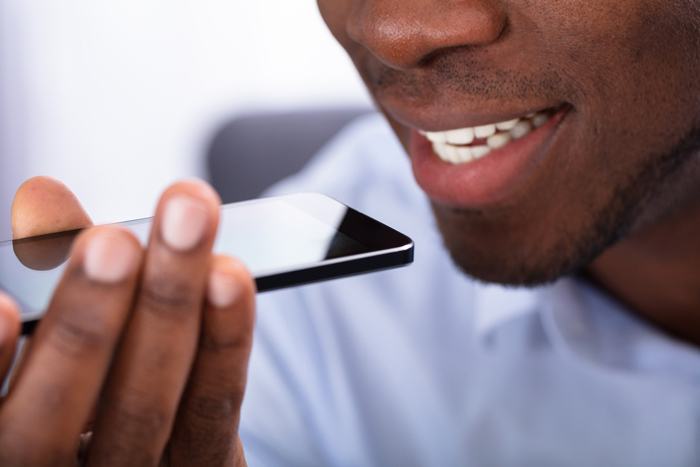
Perhaps on Tuesdays, when the family arrives home late from various extra-curricular activities, your AI will know to automatically place an order for three large supreme pizzas with extra pepperoni, which will arrive moments after you pull into the drive.
“As artificial intelligence continues to advance, predictive ordering will enable us to know what customers may want to eat before they do! In the next five to ten years, we’ll see all technology in its infancy now, come together to create an even more seamless, technology-led online ordering and delivery experience,” says Carter.
Predictive ordering will enable us to know what customers may want to eat before they do
Menulog managing director Ben Carter
If it all feels a little too terrifyingly dependant on machines, just remember, it wasn’t too long ago that we were alarmed at the idea of virtual banking. Now we happily make purchases with our smartphones and rely on robots to direct us safely to our destinations.

Virtual restaurants and dark kitchens
The growth of online delivery marketplaces has been so vigorous that restaurants are struggling to accommodate the demand in their kitchens.
But from this pressure has come a new, virtual restaurant model that exists only to deliver food. Established breakfast or lunchtime businesses can rent out their unused kitchens in the evening, and new ventures can trial their wares without huge overheads.
Once you remove diners from your restaurant, you also significantly reduce a large cost in expensive fitouts and wages. These types of delivery-only businesses are sometimes called ‘dark kitchens’ or ‘ghost kitchens’, and make use of existing space within restaurants or shared commercial kitchens.
Regular restaurants need to adapt quickly as third-party delivery drivers clutter the footpath
Deliveroo has launched its own dark kitchen precincts, called Deliveroo Editions, which are easily accessible by their delivery riders.
Regular restaurants need to adapt quickly as third-party delivery drivers clutter the footpath and counters pile up with orders. These dark kitchens are the immediate solution, along with the design of restaurants becoming more delivery-focused.
“A number of our restaurant partners have set up new, online-only brands utilising existing kitchen space and using the opportunity to test new business opportunities without needing to invest in a new physical space,” says Denman.
“It also means that chefs and owners have an opportunity to stretch their creative muscles and move outside their comfort zones.”
The downsides to innovation
When your home speaker intuitively orders your dinner to be delivered by drone from a diner-less restaurant, what and who are the casualties?
The human cost
It’s no secret that a number of services have come under fire for lax ethics in regard to their third-party drivers (a worrying trend throughout the gig economy). And as the industry continues to grow, this problem isn’t going to simply disappear. Ibisworld describes the amount of regulation across the industry as ‘light’ and projects this trend to continue.
It’s an issue we look at in our guide to food delivery service apps, where we explore how the system allegedly limits the rights of drivers if they have any professional and financial grievances, and doesn’t put them in the best position to negotiate.
Drivers claim there’s limited regulation around pay, safety protections and benefits such as superannuation
Drivers claim there’s limited regulation around pay, safety protections and benefits such as superannuation.
As a result, we chose not to recommend any of the services in our review of food delivery service apps.
In addition to these sometimes-shady practices, another worrying factor is the loss of human jobs to drones.
What does that mean for us as a society? Dougie has been replaced by a bot. You might save a few dollars on a tip, but what’s the cost in the loss of human interaction?
When technology goes wrong
Another issue to consider is the vulnerability of automated delivery technology and the capacity for error when your Maccas order is taken out of human hands.
Mishap and misadventure could mean huge losses in food spoilage and delayed delivery, resulting in increased customer complaints.
Drones are also fairly hackable. Even though it’s unlikely that a tech-savvy, Big Mac-loving teen would have access to the technology required to hack a drone midair, the risk is still present.
The increasing sophistication of cyber threats requires industry operators to continuously adopt new digital security requirements
Ibisworld report
And don’t forget, your favourite delivery service stores all of your data, including bank details and address, making them potential targets for opportunistic hackers.
As we’ve seen, food delivery services are incredibly fast adopters of new technologies, but this also leaves them vulnerable if they don’t keep on top of security.
“The increasing sophistication of cyber threats also requires industry operators to continuously adopt new digital security requirements to prevent data breaches and mitigate attacks from malware,” says an Ibisworld report.
What happened to going out for dinner?
The future of food delivery seems to suggest we’ll all be hibernating in our lounge rooms, shunning human interaction, while chowing down on chow mein made and delivered by robots.
It’s probably not that bleak. We are social creatures, after all, and although the cult of convenience may be growing, most of us still enjoy an experience.
But whatever the future holds, rest assured, thanks to new technologies, your dinner will be delivered quickly and conveniently. Maybe even by a holographic Dougie.

